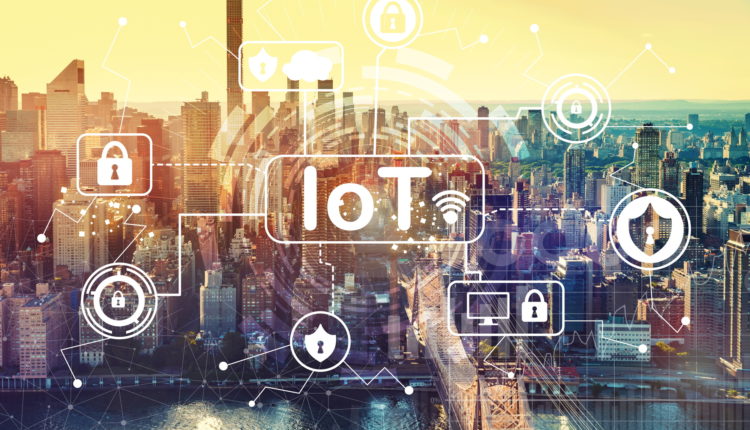
Got IoT? A Simple Explanation of the Internet of Things
You’ve possibly heard of the Internet of Things a couple of times, but do you know what it means and why everyone is talking about it?
At its core, IoT refers to a network of interconnected physical objects–devices, vehicles, appliances, human beings, or animals with unique identifiers and the ability to collect and exchange data without requiring human-to-computer or human-to-human interaction.
Simply put, IoT is the concept of connecting any physical object with an on and off switch to the internet.
In this piece, we’ll explain what Internet of things (IoT) is in simple, non-technical terms and why it matters.
Think it’s about time you’ve got IoT? Here’s everything you need to know about it.
Contents
How Does Internet of Things Work?
For the Internet of Things to work, it must have these four unique components: Sensors, network connectivity, data processing, and a user interface.
What do these components do?
Sensors
The sensors or device is the part of the IoT system that collects data from the environment. The data collected could be a simple humidity reading, location history, or even an intruder detection warning.
Network Connectivity
Once the sensors collect data, that data is sent to the cloud.
But how does it get there? That’s where network connectivity comes in.
Network connectivity is the part that connects the sensor/device to the cloud, allowing it to send data.
Many connectivity options can be used to connect sensors to the cloud including Bluetooth, Wi-Fi, cellular or low-power wide-area networks (LPWAN).
Data Processing
Once data is sent to the cloud, the software processes it and may even perform some actions automatically without informing the end-user. For example, rather than waiting for the end-user to switch on the lights or adjust the temperature, the software can do this automatically.
What happens if the software can’t perform actions automatically? That’s where the user comes in.
User Interface
If the system cannot perform actions automatically, it’ll notify the end-user via email or text.
IoT systems also have an interface that allows users to make changes and proactively check in on their system.
The Importance of IoT
Did you know that more than 43% of organizations are using or planning to use the Internet of Things?
The number of Internet-connected things is expected to reach about 25 billion in 2020. Amazing, right?
But why are organizations embracing IoT?
Well, the Internet of Things is helping organizations reduce costs, improve efficiency, and enhance collaborations.
But IoT is not only for those in the business world. If this concept is applied in the transport sector, for example, it’s likely to help us enhance performance, reduce waste, and improve energy and fuel efficiency.
In healthcare, IoT can improve efficiency and patient care. Doctors are also able to predict medical trends accurately.
As you can see, IoT is impacting everything from how we live to how we work. It’s the future, and we have no choice but to embrace it.
Got IoT?
Internet of Things is becoming bigger and better, and you cannot afford to ignore it.
If you’re a business owner, it’s advisable to come up with a strategy that will help you go IoT as soon as possible. Once you’ve got IoT, it will help you enhance customer experience, boost sales, increase efficiency, and stay ahead of competitors.
If you would like to learn more about IoT and other tech topics, you can check out our blog.


Comments are closed.